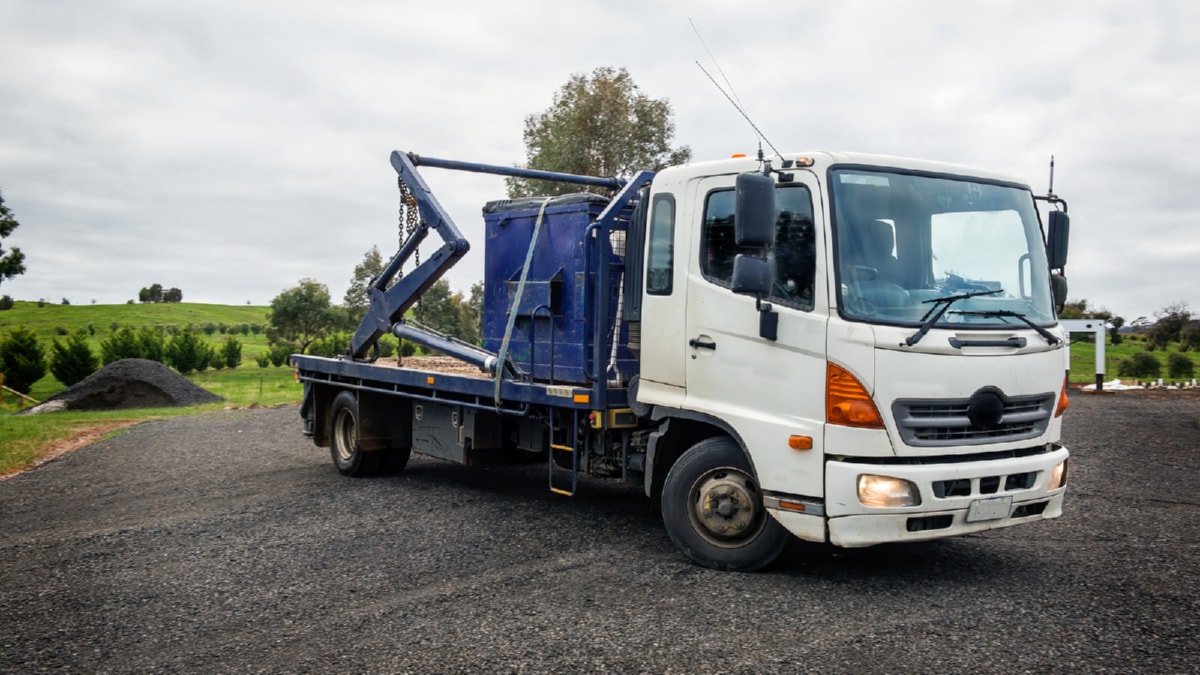Green construction methods, often referred to as sustainable building, have been steadily gaining ground in the architectural and construction industries. They focus on the efficient use of resources while creating healthier and more energy-efficient homes and buildings. This approach to construction presents several benefits, while also posing unique challenges that professionals in the field must overcome.
Green construction methods offer significant environmental, economic, and societal benefits. Environmentally, they contribute to the reduction of waste, decrease pollution, and promote conservation of natural resources. Buildings are responsible for a considerable amount of global emissions, and green construction methods can significantly reduce these figures. They involve the use of renewable and recyclable materials, such as bamboo, hemp, and recycled steel. These materials are not only more sustainable but typically require less energy to manufacture, thereby reducing the overall carbon footprint of the construction process.
Economically, green construction may seem costly upfront, but in the long run, it proves to be an excellent investment. Energy-efficient buildings lower utility bills by reducing the need for heating and cooling, which can often account for a significant portion of a building’s operating costs. Moreover, societal benefits include improved health and productivity for occupants. Green buildings often have better indoor air quality and lighting, contributing to a healthier and more comfortable living or working environment.
Despite these advantages, green construction methods are not without their challenges. A significant barrier is the higher initial costs compared to traditional methods. Sustainable materials and technologies can be expensive, and finding skilled labor that can implement green construction methods can be challenging. These factors can deter clients and developers from choosing a green approach.
Another challenge is the lack of awareness and understanding of green construction methods. Many people are not aware of the long-term benefits and cost savings that these methods can bring. Misconceptions about the aesthetics and functionality of green buildings can also hinder their adoption. There is a need for increased education and advocacy to change these perceptions and promote the widespread use of sustainable construction.
Moreover, the regulatory environment can pose challenges. In some jurisdictions, building codes have not been updated to incorporate green construction methods. This can make permitting and approval processes more complex and time-consuming, acting as a deterrent for some builders and developers.
In conclusion, green construction methods present a promising solution to the environmental challenges posed by the construction industry. They offer significant benefits, including environmental conservation, cost savings, and improved health and wellbeing for building occupants. However, they also come with challenges, such as higher upfront costs, lack of awareness, and regulatory hurdles. The construction industry, policymakers, and society at large need to work together to overcome these challenges and realize the full potential of green construction methods. The future of our planet may rely heavily on our ability to construct buildings that are not only safe and functional but also sustainable.
For more details, check best masonry services or visit their business listing here.



